Despite the rhetoric of both the Clinton and Trump presidential campaigns about paying closer attention to our nation’s urban areas, their common focus primarily has been on combating crime and improving community race relations. These are important issues for a political campaign, but unfortunately they have obscured other long-term urban concerns that require significant national attention.
For example, traffic congestion is an increasing problem in many of America’s largest and most diverse cities—Atlanta, Houston and Los Angeles come quickly to mind. With limited mass transportation options stretching across still-expanding urban footprints, there is little optimism regarding the availability of federal funds to finance mass transit expansion and meaningfully reduce urban gridlock. The debt burden of many cities, accompanied by credit rating downgrades, also reduces the likelihood that these projects could be funded through municipal bonds. Among the top ten largest U.S. cities, only San Antonio, Texas can boast of the highest AAA rating from the major bond ratings services Standard & Poor’s, Moody’s, and Fitch.
This problem is not just confined to the United States. A quick look abroad confirms that the problem of urban transportation gridlock is as bad or worse abroad. According to Eric Legale, who spoke at the recent annual Global Forum conference in Eindhoven, The Netherlands, the five most congested cities in Europe are London, Stuttgart, Antwerp, Cologne, and Brussels.
Given that there is no silver bullet available anywhere, it is important for the U.S. to to share information and metrics with other industrialized countries about how best to employ smart city technology for improving transportation management. Gridlock will only grow over time with further suburban and exurban expansion. Second and third-order effects such as lost worker productivity and decreased tourism compound the magnitude of this problem.
Shrikant Shenwai, CEO of the Wireless Broadband Alliance (WBA), correctly asserts that “smart cities have the ability to drastically transform the way we work, live and play.” However, WBA’s Connected City framework for social and economic development and sustainable operations suggests that deploying more robust networks and Internet of Things monitoring sensors is just the starting point.
A mid-sized model
Columbus, Ohio was selected in June as the winner of the U.S. Department of Transportation (DoT) Smart Cities Challenge. This recognition will be supported by a $40 million DoT grant and $10 million from Microsoft co-founder Paul Allen’s Vulcan, Inc. The city also has raised an additional $90 million from local businesses.
Columbus has put forward an impressive, holistic vision for how technology can help all of the city’s residents move more easily between neighborhoods and access more widespread opportunity. The city will deploy three electric self-driving shuttles to link a new bus rapid transit center to a retail district, connecting more residents to their jobs. Columbus also will use data analytics to improve health care access in a neighborhood that currently has an infant mortality rate four times that of the national average, enabling improved transportation options for those most in need of prenatal care.
Improving urban transportation through technology is not just about making existing systems safer and more efficient, but promoting better overall access to civic services as well. Clearly, advanced networks and software tools also promise to improve the quality of life for all residents, especially those living in underserved communities.
Smart Columbus’s unprecedented multimodal transportation system will not only benefit the people of central Ohio, but will also serve as a model for other mid-sized cities throughout the United States. This plan, like others across the country, will require extensive collaboration among the public, private and nonprofit sectors. The federal government can and should play a leadership role in promoting these types of practical, shared-funding partnerships.
Although the topic of smart cities did not make it into many of this year’s presidential campaign stump speeches, it surely deserves to garner greater attention when the task of campaigning turns to the realities of governing for the next administration.
The Brookings Institution is committed to quality, independence, and impact.
We are supported by a diverse array of funders. In line with our values and policies, each Brookings publication represents the sole views of its author(s).

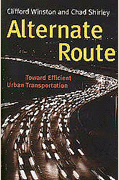

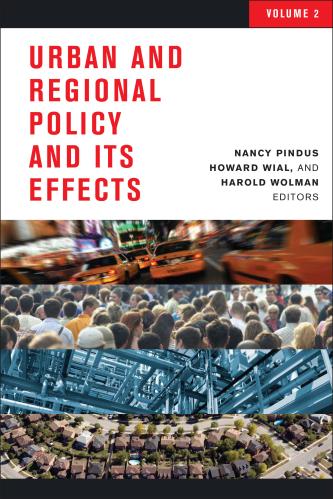
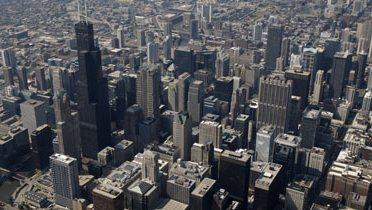
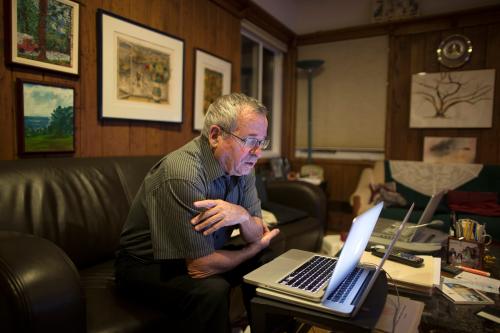
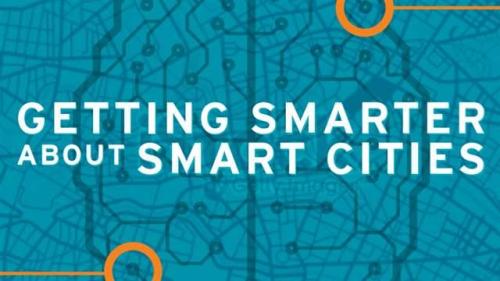


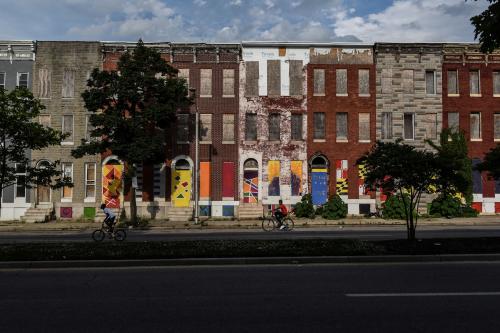
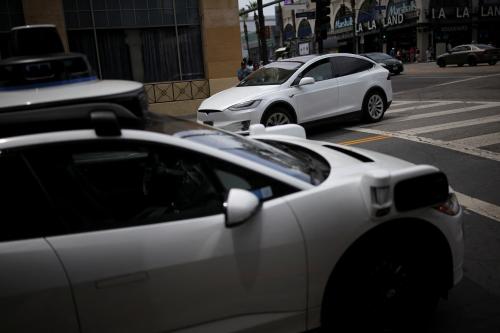
Commentary
Transportation problems make smart cities a national priority
October 20, 2016